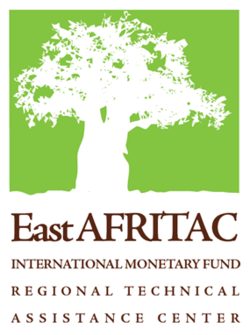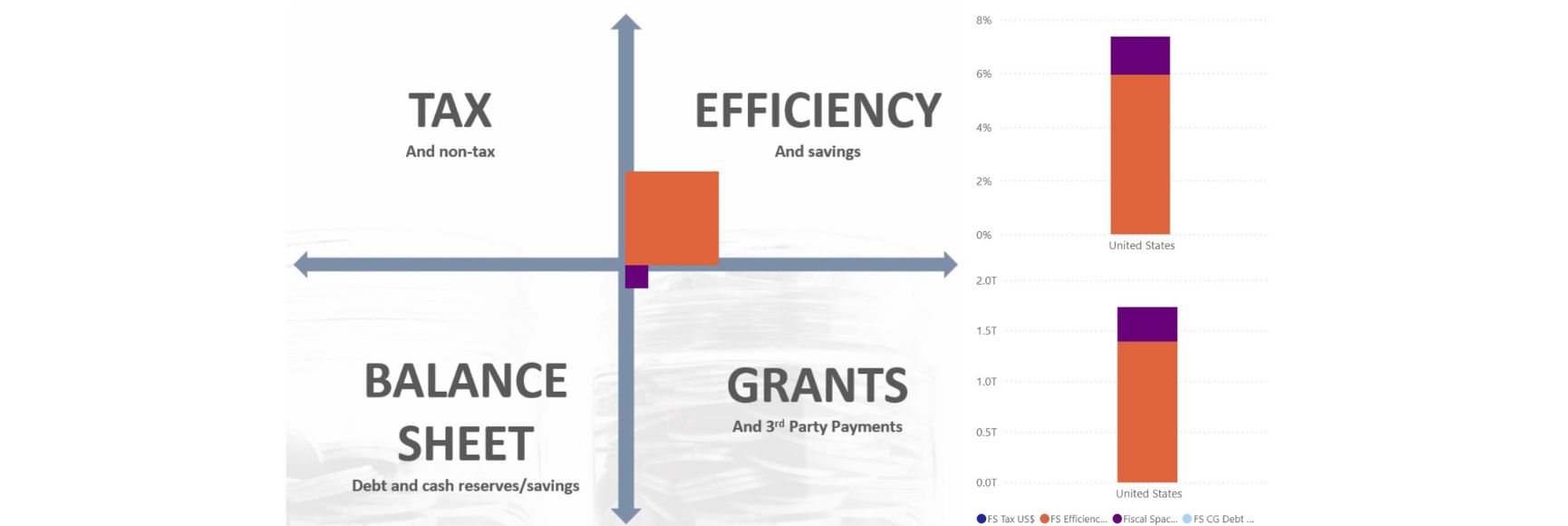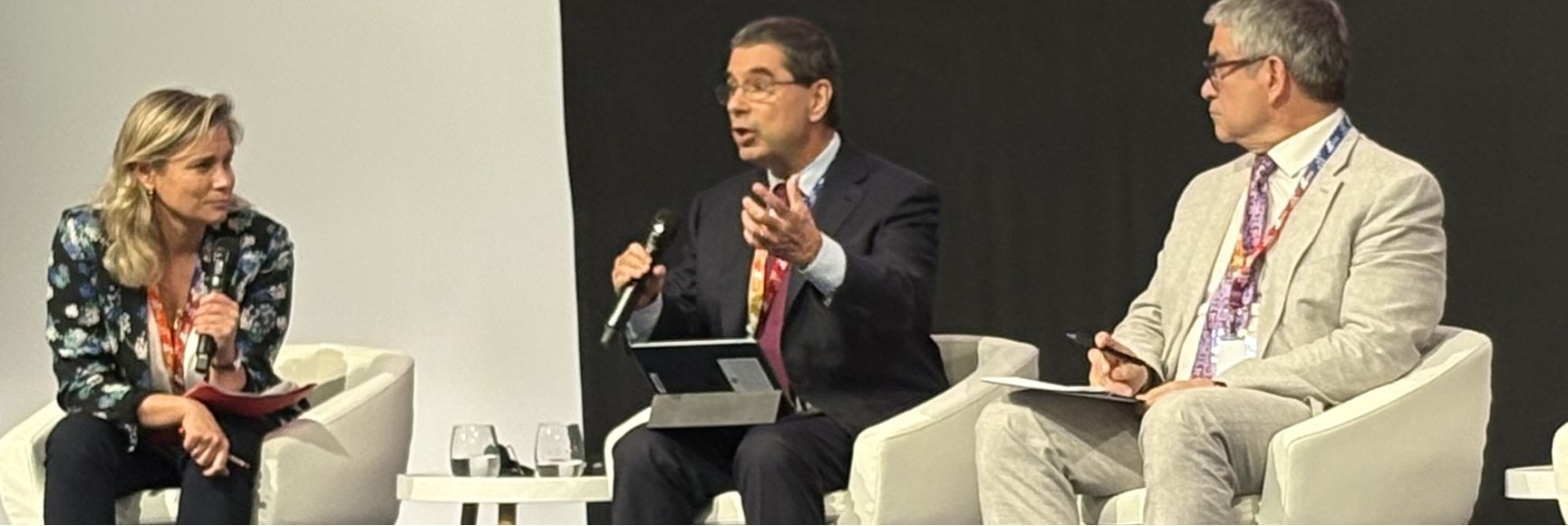Posted by Amitabh Tripathi[1]
East AFRITAC (AFE) countries[2] have been progressively improving their fiscal reporting practices. These practices have benefitted from wider reform efforts including strengthening of the PFM legal and regulatory frameworks, extending and enhancing the functionalities of IFMIS and progressive improvements in the timeliness and comprehensiveness of in-year and end-year fiscal reports. However, despite some notable improvements, the fiscal reporting function in many of the countries continues to underperform. Common problems include: unclear definition and classification of public entities in the legal framework that adversely impacts the coverage of fiscal reports; lack of timeliness and regularity in the publication of in-year reports and consolidated annual financial statements; failure to adopt internationally accepted standards; and inadequate reporting of expenditure arrears and contingent liabilities.
These issues have become more significant in the context of the East African Monetary Union (EAMU) protocol that requires harmonization of PFM legal frameworks and fiscal reporting for partner countries, four of which are part of the AFE constituency. Accordingly, following requests from some of its member countries, AFE organized a four-day regional workshop on “Enhancing Fiscal Reporting and Transparency” in Arusha, Tanzania during April 2015. The workshop was attended by twenty-eight officials from the Ministries of Finance and Planning in Eritrea, Ethiopia, Kenya, Malawi, Rwanda, Tanzania (including Zanzibar) and Uganda.
(i) The comprehensiveness of fiscal reports addressing issues of their coverage, consolidation, and the reporting stocks and flows, together with the timeliness and regularity of reporting.
(ii) The standardization of reporting using the Government Finance Statistics Manual (GFSM) and International Public Sector Accounting Standards (IPSAS), and implementation strategies for the adoption of IPSAS.
(iii) The reporting and management of fiscal risks taking account of international practices relating to the openness and public access to fiscal information.
The workshop aimed at striking a balance between international good practices and practical challenges with regards to fiscal reporting and transparency. In common with other AFE regional workshops, the Arusha event provided a forum for knowledge sharing across the region. Country presentations on technical and institutional reforms were used to share experiences on how countries were responding to the various challenges that they faced.
The participants were introduced to the Fiscal Transparency Code, including its structure, key principles, and the framework for benchmarking and identifying gaps in existing PFM transparency practices.[3] The workshop also presented the status of fiscal reporting frameworks in the AFE member countries. The sessions on GFS provided an overview of the analytical framework underpinning the GFSM 2014 and discussed the challenges associated with general government reporting. The workshop provided an opportunity for participants to enhance their understanding of accrual based IPSAS and the sequencing of its implementation, differences with the GFS framework, and the importance of harmonization between the two frameworks. In addition, the participants engaged with the issues and challenges in the monitoring, reporting and management of fiscal risks in the region; discussed the significance and dimensions of openness and public access to fiscal information; and the key drivers and challenges in enhancing fiscal transparency.
The workshop discussed measures to strengthen fiscal reporting practices and enhance transparency in five main areas:
- Importance of PFM legal frameworks – participants noted the improvements in PFM legal frameworks in Uganda, Rwanda and Kenya, and their impact on fiscal reporting practices. They acknowledged that anchoring these improvements in legal frameworks can serve as a catalyst especially when the legal framework codifies existing good practices. However, participants recognized that in the absence of technical capacity, systems and political commitment, merely embedding these practices in legislation may not be enough to achieve sustained improvements in fiscal reporting.
- Improving coverage of fiscal reports – whilst countries are keen to extend the coverage beyond the budgetary central government by including information on statutory funds, donor aid, and sub-national governments, they consider that necessary institutional mechanisms are yet to be put in place. The biggest challenge in moving to general government sector reporting is the large number of extra-budgetary units in member countries that prepare their accounts outside of IFMIS and have unclear reporting lines to the government.
- Openness and public access to fiscal information – most AFE countries are performing relatively well in terms of the latest PEFA and OBI surveys. However, the participants noted that the improvements tended to be variable. For instance, the availability of in-year reports was better than the annual financial statements and, although in-year reports were being produced for internal circulation, they were not published in most countries. Some of the factors that were seen as driving increased transparency included: explicit provision in the legal framework, timely external oversight, and the willingness of the finance ministry to make fiscal reports public.
- Reporting and management of fiscal risks - participants felt that the biggest barriers to improving reporting of fiscal risks is incomplete information on contingent liabilities including those involving public enterprises, PPPs, pension funds, sub-national governments; inadequate monitoring of government guarantees; and payment arrears. The EAC countries have agreed on a fiscal risk statement template that is to be included as part of the budget documentation. Participants recognized that strengthening the quality of reporting of liabilities and contingent liabilities will help improve the disclosure of fiscal risks.
- Implementing accrual basis IPSAS – international experience suggests the importance of a phased approach to the adoption of accrual-based IPSAS. Whilst most AFE countries have committed to introducing accrual-based accounting, the participants recognized the challenging nature of this reform and the need for a sound implementation strategy and careful sequencing that takes account of capacity constraints. It was also considered important to first address basic deficiencies in cash-based accounting whilst incrementally adding disclosures on financial assets and liabilities.
In each of the above-mentioned areas, participants presented an assessment of the current situation, the challenges in moving forward, and measures proposed to address these challenges. The presentations were followed by extensive discussions on priorities and possible approaches to address the issues identified.
Further information on the workshop is available at http://www.eastafritac.org. Readers are encouraged to share any comments and relevant experience on the topics discussed at the workshop.
East AFRITAC will continue to provide sustained technical assistance to support the improvement of fiscal reporting and transparency in the region. The workshop identified an immediate need for assistance in improving the institutional coverage of fiscal reports and supporting the design and adoption of standard reporting templates. Additional support is likely to be required in strengthening fiscal risk analysis; consolidation of fiscal reports; and improving GFS reporting practices.
[1] Public Financial Management Advisor, East AFRITAC.
[2] Eritrea, Ethiopia, Kenya, Malawi, Rwanda, Tanzania and Uganda.
[3] This was timely and relevant considering that the EAC countries have agreed for Fiscal Transparency Evaluations to be conducted over the next two years.
Note: The posts on the IMF PFM Blog should not be reported as representing the views of the IMF. The views expressed are those of the authors and do not necessarily represent those of the IMF or IMF policy.






